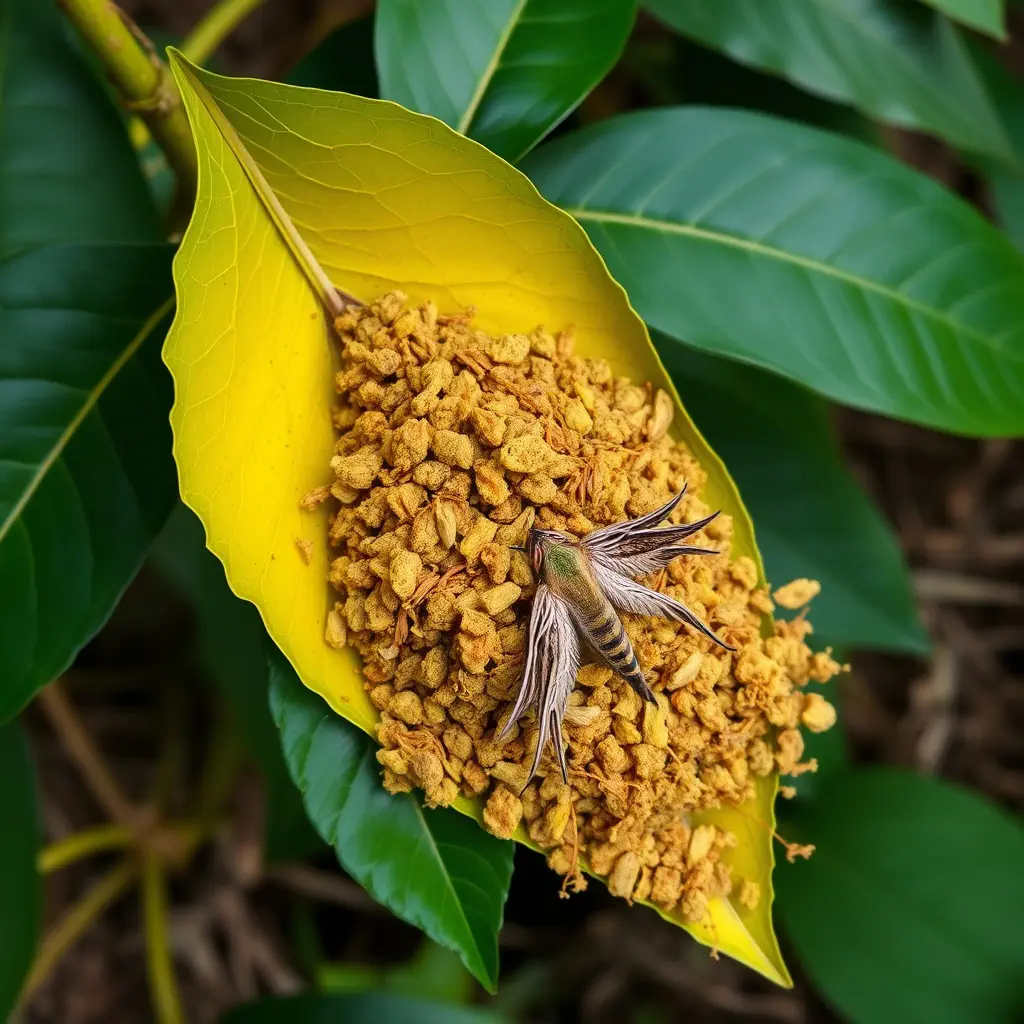Kratom, a plant from Southeast Asia, provides natural pain relief for joint issues by interacting with opioid receptors, offering a solution that avoids the high associated with traditional opiates. When considering kratom as a health option, it's crucial to engage in careful kratom shopping due to the variable quality of products from different vendors. Opt for lab-tested strains like Maeng Da or Bali, known for their strength and efficacy in managing chronic pain. Dosage is key; start low and adjust as needed while always consulting healthcare professionals. Personal body chemistry can affect how kratom works, so expect some experimentation to find the most effective strain and dosage. A holistic approach to joint health that includes diet, exercise, and additional therapeutic measures should complement kratom use.
Mitraphyne, a major alkaloid in kratom, provides analgesic benefits by interacting with brain opioid receptors without causing the sedation or euphoria associated with traditional opioids. Kratom's potential for pain relief, especially for joint discomfort, is under scientific investigation. Given its complex legal status, it's essential to be well-informed and cautious when considering kratom shopping, focusing on strains with a high alkaloid profile from vendors adhering to Good Manufacturing Practices (GMP) who provide third-party lab test results for purity and potency. Always ensure compliance with local laws and consult healthcare professionals before incorporating kratom into your health regimen. Stay updated on the latest scientific research to make informed decisions about using kratom as a natural treatment option for joint pain relief.
explore the natural potential of kratom as a remedy for joint pain relief. This article delves into the mechanisms that make kratom an option for those seeking alternative methods of pain management. We will navigate the scientific aspects highlighting kratom’s analgesic properties, followed by practical advice on how to responsibly procure kratom products tailored for joint pain alleviation, emphasizing safe shopping practices. Understanding kratom’s role in joint pain relief is crucial for individuals considering this herbal approach to manage their discomfort effectively and safely.
- Understanding Kratom's Role in Joint Pain Relief
- The Science Behind Kratom and Its Analgesic Properties
- How to Safely Shop for Kratom for Joint Pain Management
Understanding Kratom's Role in Joint Pain Relief
Kratom, a tropical tree native to Southeast Asia, has garnered attention in various natural health circles for its potential analgesic properties, which may offer relief from joint pain. The active compounds found in kratom leaves, known as mitragynine and 7-hydroxymitragynine, interact with the body’s opioid receptors, providing pain relief without the high associated with opiate drugs. When considering kratom for joint pain relief, it is crucial to approach kratom shopping with care, as the quality and purity of kratom products can vary significantly between vendors. Consumers should look for reputable suppliers that offer lab-tested kratom strains, which are specifically bred to enhance certain alkaloid profiles. These strains, such as Maeng Da or Bali, are often preferred for their potency and effectiveness in managing chronic pain conditions. It is also important to consider the appropriate dosage to achieve relief without overdoing it, as high doses can lead to adverse effects. Users should always start with a low dose and gradually increase as needed, while also consulting with a healthcare provider before integrating kratom into their joint pain management regimen. Additionally, kratom’s effects can vary based on individual body chemistry, so it may take some experimentation to find the most effective strain and dosage for personal needs. Kratom should be used as part of a comprehensive approach to joint health that includes proper nutrition, exercise, and possibly other therapeutic interventions.
The Science Behind Kratom and Its Analgesic Properties
mitraphyne, a primary alkaloid found in kratom, is believed to contribute significantly to its analgesic effects. Studies have shown that these compounds interact with the opioid receptors in the brain, which can help alleviate pain without the same level of sedation or euphoria as traditional opioids. This interaction may offer a natural alternative for individuals experiencing chronic or acute pain, making kratom an object of interest for those seeking relief from joint discomfort. When exploring kratom shopping options, it’s important to consider the strain and its concentration of alkaloids, as these factors can influence the level of pain relief experienced. Consumers should approach kratom with caution and consult healthcare professionals before integrating it into their wellness regimen, especially given its complex legal status in various regions. The science behind kratom’s analgesic properties is a subject of ongoing research, with potential for understanding how it might be effectively utilized for pain management. As such, those interested in kratom as a natural remedy should stay informed about new findings and the latest guidance from authorities on its use.
How to Safely Shop for Kratom for Joint Pain Management
When exploring kratom as a natural approach to joint pain management, it’s crucial to engage in informed and safe kratom shopping practices. Kratom, derived from the leaves of the Mitragyna speciosa tree, has been traditionally used for its potential pain-relieving effects. To ensure you’re obtaining a high-quality product that meets your joint pain needs, start by researching reputable vendors. Reliable kratom suppliers typically adhere to Good Manufacturing Practices (GMP) and provide third-party lab test results to confirm the purity and potency of their products. These tests are essential for verifying that the kratom is free from contaminants, such as adulterants or heavy metals.
Additionally, when engaging in kratom shopping for joint pain relief, consider the specific strains and their alkaloid profiles. Maeng Da and Bali strains are often favored for their balanced effects, while White Vein strains are known for their uplifting qualities that may complement pain management. Always opt for organic, ethically sourced kratom to ensure both your well-being and the health of the environment. By carefully selecting your kratom supplier and product, you can safely incorporate this herbal remedy into your joint pain management regimen. Remember to adhere to local laws and regulations regarding kratom use and consult with a healthcare professional before making any changes to your treatment plan.
In conclusion, exploring the intricacies of how kratom can play a role in joint pain relief offers a promising avenue for individuals seeking natural alternatives to manage their discomfort. The scientific evidence supporting kratom’s analgesic properties, detailed in this article, underscores its potential efficacy. However, it is crucial to approach the procurement of kratom with caution and informed decision-making, as demonstrated in our guide on safe kratom shopping for joint pain management. By understanding both the benefits and the nuances involved in selecting a high-quality kratom product, individuals can make well-informed choices that support their health and well-being. Always prioritize reputable sources when purchasing kratom to ensure safety and efficacy.






